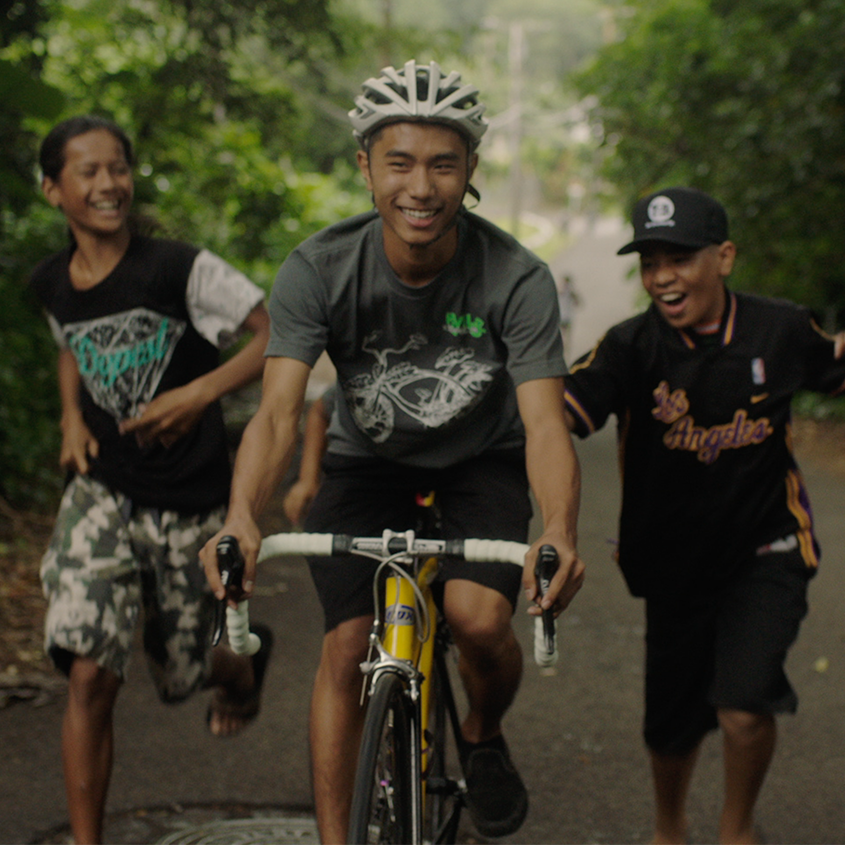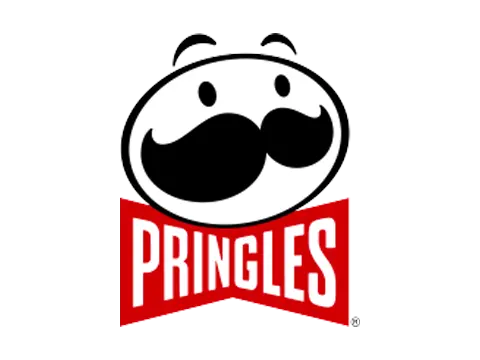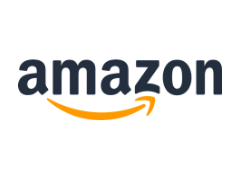Making Connections for Mental Health and Wellbeing Among Men and Boys is a national initiative to transform community conditions that influence mental wellbeing, especially for men and boys of color, veterans, and their families. Sixteen communities across the U.S. are developing and activating strategies to enhance their sociocultural, physical/built, and economic and educational environments. The Movember Foundation is funding the work; Prevention Institute is providing coordination, training and technical assistance; and a team from the University of South Florida is evaluating progress and outcomes. This is the latest in a series of profiles of the Making Connections communities and their amazing work.
In a conversation with Prevention Institute, Francisco Chavez, project lead for Making Connections’ New Mexico coalition, reflected on the coalition’s work to date, including efforts to ensure authentic involvement of all community partners, especially young men.
Francisco, a behavioral health consultant for the New Mexico Department of Health Department’s Office of School and Adolescent Health, said the Making Connections work has enabled public health practitioners to engage with youth in Albuquerque’s International District on a new level.
“Some of us live in the community, some of us work in the community, some of us play and worship in the community, but we haven’t fully integrated, so this was really an opportunity to do that,” he said.
Read on to learn more about the coalition’s efforts and lessons learned.
Q: What are some of the distinctive features of the International District?
The International District, which is in the southeast region of Albuquerque, is probably the most diverse community in New Mexico. There’s a large urban Native population, a large African American population, a large Asian population, a Hispanic population—first generation and otherwise—and Middle Eastern and refugee populations as well. It’s a wonderful place, but it’s also a place that’s had a history of violence and crime and drug use, and low rates of home ownership. Many families face economic challenges, we know the built environment is challenging and the opportunities for adequate employment can be limited. This contributes to roughly half of young men of color in the area not completing high school. But the International District residents have taken ownership of the community, and there’s been a lot of work over the years to really transform the community and highlight its beauty and uniqueness.
Q: Who are you partnering with in this work, and how is that working out?
We’ve been able to bring on board a number of transformative organizations that do unique work, including Together for Brothers, the University of New Mexico Men of Color Initiative, the New Mexico Asian Family Center, Apex Evaluation, and Warehouse 508. Some of them have had previous relationships with each other working on different projects, but never have they all come together as one partnership to really work as a true coalition. As the Department of Health, we’ve given up control of this project in terms of decision making and the power structure—we’re not in charge of the direction; the partnership is. We want to give young men of color the power and a chance to see that in action.
Q: What are your approaches for fostering authentic youth engagement?
We have been working in our own organization, the Office of School and Adolescent Health, on how to engage youth and how to draw out youth voices so that decisions are not made for them but rather made by them — we’re not telling young people how to live; we’re getting an understanding from them about what it is that they need and finding ways to empower them to take charge of that. And the partners that we have on board share that perspective. One example of that is our partner Together for Brothers: We’re involved in a data collection process with them now to understand the perspectives of their community, and Together for Brothers really didn’t want to do that by themselves — instead, they took it upon themselves to train young people that they’re working with to go out and collect data and to turn that data around and take a look at the findings.
We’ve been able to use that process to adapt [Prevention Institute’s] THRIVE community assessment tool; we’ve adapted some of the language to make it more youth friendly. For example, originally there wasn’t much language in there regarding the LGBTQ population, and our youth decided that is a question that we need to be answering when we’re discussing masculinity, and when we’re discussing how one views themselves within their community. That was a youth voice that said, “This is what we need.” We also adapted it to include some more open-ended questions; they really wanted to have an opportunity to speak freely about the community, so we added more open-ended questions to get more qualitative data.
Making Connections Lesson Learned: “We’re not telling young people how to live; we’re getting an understanding from them about what it is that they need and finding ways..for them to take ownership of that.”
Q: Could you tell us more about some of the work your community’s young men have undertaken as part of your Making Connections grant?
We’re in the process of collecting data, hopefully from several hundred youth. We’re working with the University of New Mexico Men of Color Initiative on a summit in mid-October where they’re going to do a data walk with young men of color and allow them to share with us their thoughts about the data that’s been collected from their community, whether they feel its representative. I think very often, we collect data from youth and we don’t share it back. This project has given us that opportunity. In addition to collecting information using the adapted THRIVE tool, some of our partners are using Photovoice technology, where young men are able to share their stories or their interpretations of their community in response to open ended questions presented in an interactive application on the iPad, something that’s very familiar to young people.
Q: What do you envision for the future?
We’re thinking of taking this youth empowerment vision and philosophy that our coalition has and really pushing that toward a youth social entrepreneur model. We envision young men taking action and promoting positive cultural change within their communities, and our process of fostering and promoting that creativity and a true youth-informed social movement is something we can see happening. We’re building momentum, and we really want to keep that momentum going. We can envision a process by which young men are improving population level outcomes for their community. This work will lead to system transformations rooted in cultural and racial justice.

November 20th, 2016
The Making Connections Initiative is helping to transform the community and conditions that influence mental wellbeing.
Uplifting the Youth of Albuquerque, NM
5 MIN READ


.com_Carousel.jpg)



.png)
